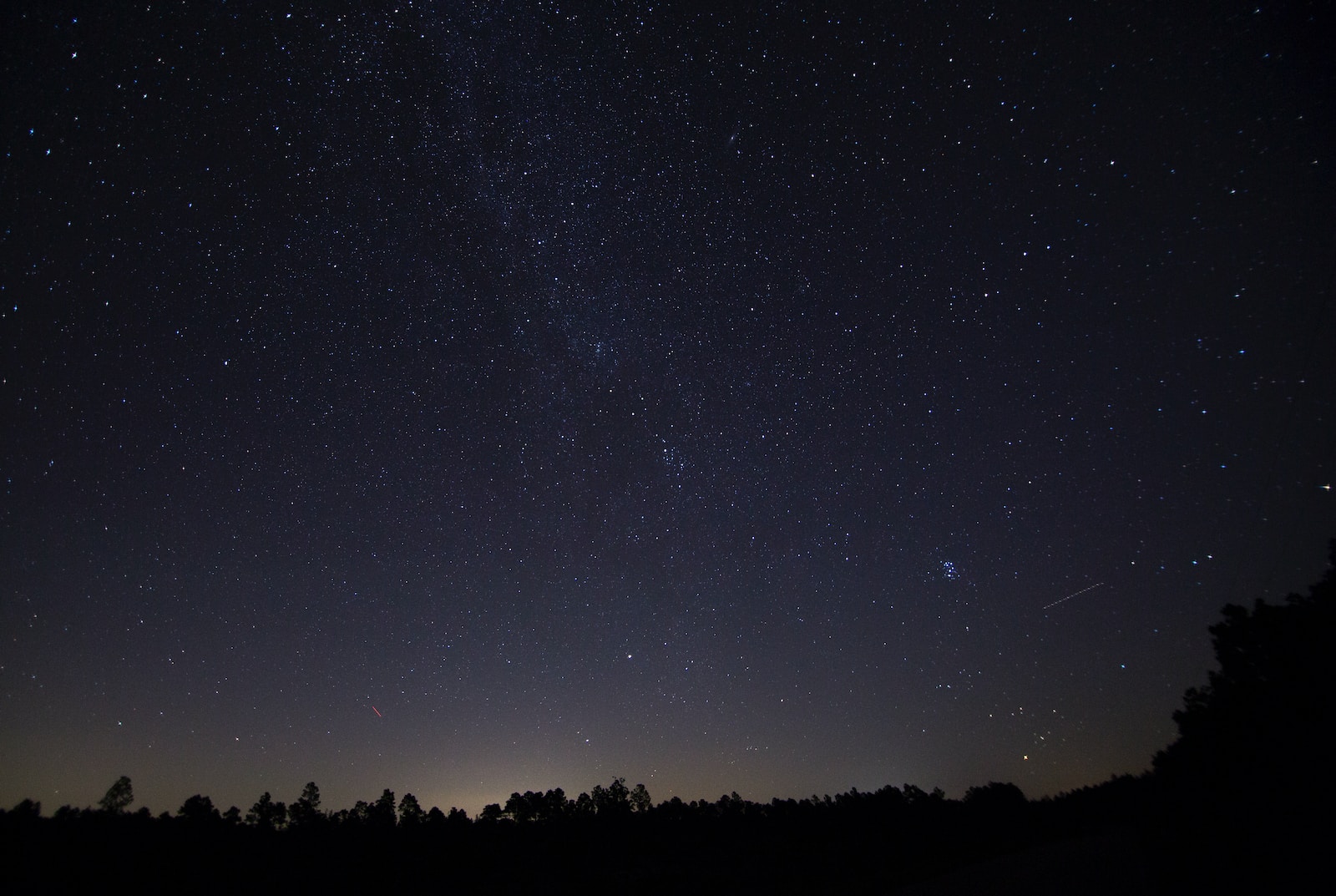What objects can you expect to see in the night sky with a pair of handheld binoculars? You would be surprised how much there is to see. I have tried looking at the sky with a regular telescope mounted on a tripod that my husband bought several years ago. We have tried several times and just could not figure out how to use it and so we gave up. I am hoping that the Nikon Monarch 7294 ATB binoculars will be more productive and satisfying.
When Is The Best Time To Look At The Moon?
The moon is probably the first and the easiest object to locate in the night sky. It is our nearest neighbor. The best time to observe the moon is not in its full phase as you might think. It is too bright and looks flat and one dimensional. It is much better to pull out your binoculars when it is at or just past the first quarter or just before or at the last quarter. This is when the moon is 50% illuminated.
What Can I See On The Moon?
There is a dividing line called the terminator line which divides the lit portion from the unlit portion. When the moon is half lit or gibbous, the details near this terminator line are very sharp. You can also watch how the shadows on the moon’s surface change as the moon moves through its phases. These shadows make it easy to see the moon’s craters, mountain ranges and valleys.
The moon is orbiting on its own axis as well as orbiting the earth. It takes 29.5 days to revolve on its axis and the exact same time to rotate the earth. That is why we always see the same face of the moon. Its orbit and rotation are exactly the same.
Since the moon gives off no light of its own, when it is between the earth and the sun, it reflects no light back to us and is said to be a “new” moon.
How About Viewing Some Other Objects?
The moon is not the only object that can be seen in the night sky. There are eight planets in our solar system. They can be divided into two types: terrestrial and jovian.
- Terrestrial – These are small rocky worlds and include Mercury, Venus, Earth and Mars.
- Jovian – These are gas giants having a thick atmosphere that is composed of hydrogen and helium. All we can see is the tops of gas clouds. All have ring systems, but only Jupiter is bright enough to be seen from Earth. The other planets include Saturn, Uranus, Neptune and Pluto. However Pluto is now classified as a plutoid.
Another way of dividing the planets is the classification: inferior and superior.
- Inferior – This means that the planets lie between the Earth and the sun. This designation includes Mercury and Venus.
- Superior – This means that the planets lie on the far side of the sun as seen from Earth. The superior planets include Mars, Jupiter, Saturn, Neptune, Uranus and Pluto.
What About The Inferior Planets?
Mercury is an inferior planet. It can be seen in the west after sunset or in the east before sunrise. It is very elusive and is always near the Earth’s horizon. Mariner 10 discovered that it has a high density of nickel and iron.
Venus is the other inferior planet. It is the brightest object in the sky after the sun and the moon. It is often seen in twilight, but can rise higher in the sky. It is most like the earth but is 800 degrees on the surface.
Tell Me About The Superior Planets
The superior planets are said to be in conjunction when they are on the far side of the sun as seen from Earth. When they are opposite the sun in our sky, or in opposition, they are best for viewing. They can be seen all night and they are closest to earth, so they appear larger. Planets rotate on different schedules, depending on how close they are to the Earth. The closer they are to the Earth, the longer the rotation will take.
When Mars is in opposition, it is closest to the Earth. It can easily be seen by the naked eye. It is composed of many craters, extinct volcanoes and huge canyons. Recent rovers on Mars have shown that there was once water there.
Jupiter is the largest planet in the solar system. It has alternating dark belts and bright zones. The Great Red Spot is a feature that is 2 X’s the diameter of the Earth. Jupiter has four moons: Io, Europa, Ganymede and Callisto.
Saturn has three main rings. The outer and middle ring are separated by a dark line. The inner ring is very hard to see. Saturn has many moons but they are not as bright as Jupiter’s moons.
Uranus does not have much detail. At opposition it appears as a blue green disk.
Neptune appears blue gray.
Pluto has no details. It is the most distant and you are lucky if you can find it.
There are many things to see in the night sky and I have just listed a few. A good binoculars, such as the Nikon Monarch 8 X 42 ATB, will enhance your viewing pleasure. The heavens await you !

Leave a Reply
You must be logged in to post a comment.